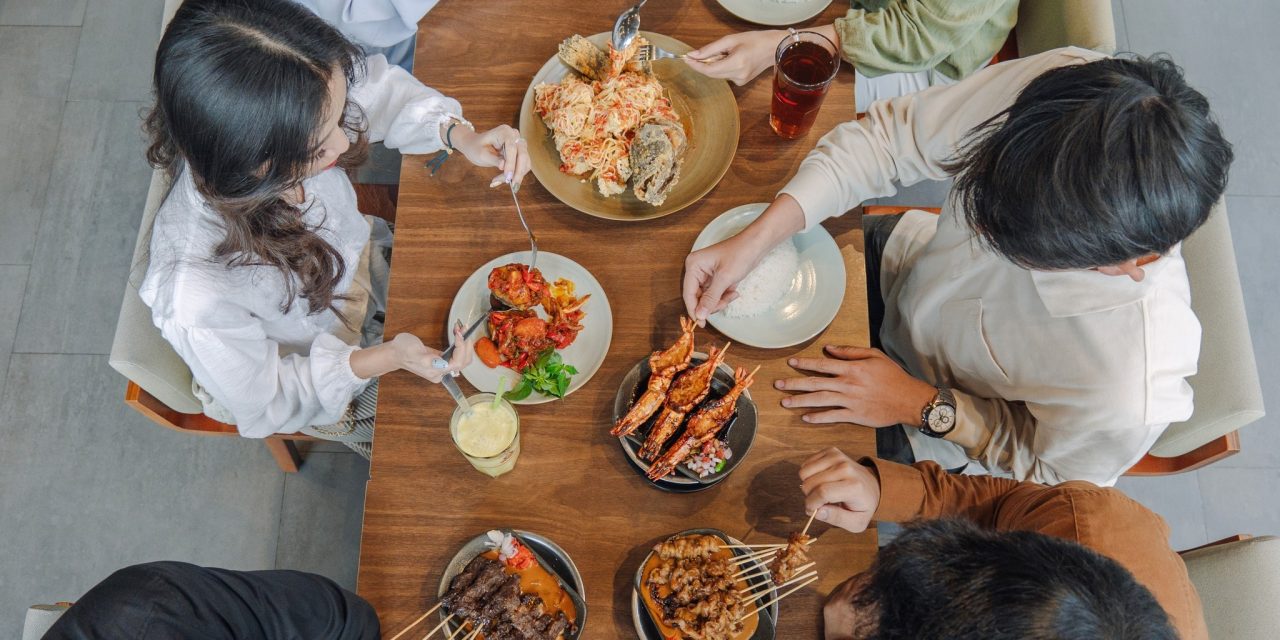Ah, Bali! Known for its stunning beaches, vibrant art, and lush landscapes, this island paradise is also a culinary haven that beckons with the promise of unique and unforgettable flavors. As I embarked on my journey to explore Bali’s local cuisine, I quickly found that food here is not just about sustenance—it’s an essential part of the culture and an experience that connects people.
A Warm Welcome with Nasi Goreng
My taste adventure began right after I landed in Bali. I dropped my bags at my resort and rushed to find my first meal. The gentle scent of spices wafted through the air, drawing me to a small warung—a local eatery.
I decided to go with the classic Nasi Goreng, a staple Indonesian fried rice dish. Picture this: I plopped down at a wooden table with a view of lush greenery, the warm air of the early evening wrapping around me like a comforting shawl. As the plate arrived, I was greeted by a colorful mix of golden rice, vibrant vegetables, and a perfectly fried egg on top, glistening as if it were beckoning me to dig in.
One bite and I was hooked—the savory soy sauce, crisp vegetables, and the hint of chili danced together in my mouth. I couldn’t help but think about how a simple plate of rice could transport me into the very heart of Balinese culture. It was a moment of connection, sharing flavors that have been enjoyed for generations.
The Magic of Babi Guling
As I settled into the rhythm of Bali, I learned that I couldn’t leave without trying Babi Guling, Bali’s signature dish—roast suckling pig. This dish is quite a celebration in Balinese culture and is often served during special occasions. I found an eatery renowned for its Babi Guling, and boy, was it worth the trek!
When I arrived, I was greeted by the aroma of spices and smoke. The way they prepare it is an art form: the pig is marinated in a blend of spices like turmeric, lemongrass, and garlic, before being slow-roasted to achieve that crispy skin. The owner, a sweet and spirited Balinese woman, recounted how this dish symbolizes blessings in her family’s feasts.
As she served me a generous portion, I marveled at the divine crunch of the skin, paired with juicy, tender meat that almost melted in my mouth. It was accompanied by rice, some spicy sambal, and a side of raw vegetable salad. I couldn’t help but feel like I was partaking in a piece of Bali’s rich cultural tapestry—a tangible connection to its traditions.
Tempting Tastes of Sate Lilit
Another culinary highlight during my trip was discovering Sate Lilit, a delightful twist on traditional satay. Rather than skewering pieces of meat, locals use a blend of minced meat (often fish, chicken, or even tofu) mixed with grated coconut, spices, and herbs, which is then wrapped around bamboo sticks.
I stumbled upon a street food vendor in Ubud one evening, lured in by the sizzle of the grill. The vendor cheerfully handed me a skewer, and the moment I took a bite, I realized I was in for a treat. The aromatic hints of lemongrass and coconut combined perfectly with the smoky flavor from the grill. It was love at first bite!
While enjoying my Sate Lilit, I observed families gathering around the stall, sharing plates and stories—it truly highlighted the social aspect of Balinese dining. Even as a solo traveler, I felt a sense of community in those crowded streets.
Freshness of Balinese Salads
Such rich flavors would not be complete without a touch of freshness. Enter Gado-Gado, a salad that’s as colorful as Bali itself. This dish features a mix of steamed vegetables, hard-boiled eggs, tofu, and tempeh, all drizzled with a luscious peanut sauce.
After a long day of exploring temples and beaches, I found solace in a bowl of Gado-Gado from a cozy café in Seminyak. The crunch of the vegetables, the creaminess of the peanut sauce, and the protein from the tofu created a satisfying meal that left me feeling light and nourished, ready to tackle the next adventure.
Practical Tips for Enjoying Local Cuisine
1. Don’t Be Afraid to Adventure: Food stalls or small warungs may not look polished, but they often serve the most authentic dishes. Trust the locals—they know where to find the best flavors!
2. Ask About the Ingredients: Balinese cuisine embraces a variety of herbs and spices. Don’t hesitate to ask your waiter or the cook about what goes into their dishes. It’s a great conversation starter and adds depth to your culinary experience.
3. Join a Cooking Class: If you love cooking, consider signing up for a Balinese cooking class. You’ll learn about the ingredients firsthand and get to recreate your favorite dishes to take a bit of Bali home with you.
4. Explore Local Markets: Visit local markets where fresh produce and spices are abundant. It’s an excellent way to understand the ingredients that create the beloved dishes you’ve been savoring.
Conclusion
Exploring Bali local cuisine flavors isn’t just about what’s on your plate; it’s about the stories behind each dish and the experiences shared with the people you meet along the way. From humble street food stalls to family-run restaurants, every meal is an invitation to bond with the island’s culture and its spirited community.So next time you find yourself in Bali, let your taste buds guide you. Embrace the flavors, share in the culinary stories, and you’ll walk away not just with a satisfied palate but with memories that linger far longer. Happy tasting!






